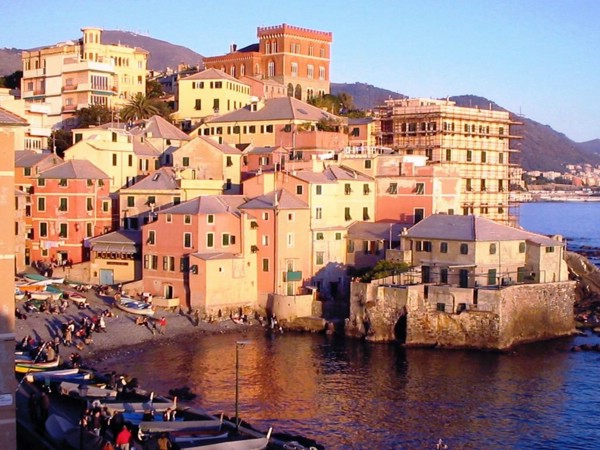
2024 proved to be an extraordinary year for tourism in Italy, with over 458.5 million total visitors, marking a growth of +2.5% compared to 2023.
The data, provided by the Centro Studi Turistici of Florence for Assoturismo Confesercenti, demonstrate Italy’s ability to attract visitors despite global economic challenges. International tourism was the main driver of this expansion. With an increase of +7.4%, foreign visitors reached 251.5 million visitors. This trend reflects Italy’s attractiveness as a global destination, thanks to its rich cultural, artistic, gastronomic and natural offerings.
Despite inflation and rising prices, tourists from the United States, the United Kingdom, Germany and France continued to choose Italy, contributing significantly to the sector. The success is also attributable to tourism marketing policies and the quality of accommodation, catering and transport services. In contrast to the growth of international tourism, domestic tourism has registered a decline. Domestic presences have fallen by -2.8%, reaching approximately 207 million. This decline has been influenced by the loss of purchasing power of Italian families, which has limited their spending possibilities for holidays and travel. The increase in the cost of tourism services, combined with economic pressures on families, has had a significant impact on domestic travel, highlighting a critical area that requires targeted interventions to stimulate domestic tourism.
Among the Italian regions, Lazio remains the undisputed leader, thanks to the popularity of Rome. The Capital, with its immense historical and cultural heritage, has attracted millions of visitors. Iconic monuments such as the Colosseum, the Roman Forum and St. Peter’s Basilica continue to be magnets for tourists, both Italian and foreign. Other regions have played a significant role. Tuscany, with cities of art such as Florence, Pisa and Siena, and Campania, thanks to Naples, the Amalfi Coast and Pompeii, remain among the favourite destinations. However, areas less frequented by mass tourism are also gaining attention. Regions such as Sicily, Calabria, Abruzzo and Puglia have seen an increase in attendance, thanks to the growth of food and wine, cultural and eco-tourism. This trend has led travellers to discover authentic and lesser-known places, helping to diversify the Italian tourism offer.
Despite its success, Italian tourism faces significant challenges. The growing pressure on infrastructure, due to the high influx of visitors, requires significant investments in modernization and sustainability. Tourism infrastructure must be improved to ensure a quality experience without compromising the environment and the liveability of the most visited cities and places. Sustainability is a central theme for the future of tourism in Italy. With international competition increasingly fierce, Italy must invest in innovation, digitalization and responsible tourism strategies. This includes promoting lesser-known destinations, improving public transport and adopting green practices to reduce the environmental impact of the sector.
The forecast for Italian tourism is positive, but requires strategic planning to maintain the growth trend. Investments in digitalization, sustainability and diversification of the offer will be essential to consolidate Italy’s position as a leader in the global tourism landscape. Furthermore, attention to domestic tourism must be a priority. Incentives to stimulate domestic travel, combined with policies to reduce the impact of inflation on families, could help rebalance the sector and support local economies. 2024 marks a successful year for tourism in Italy, with a growing sector that has been able to overcome global economic challenges. However, the future requires a balanced approach between development and sustainability. With a well-defined strategy, Italy can continue to be one of the most sought-after destinations in the world, offering unforgettable experiences to visitors and lasting benefits for local communities. Italy has every right to remain the most visited country in the world.



 Subscribe
Subscribe